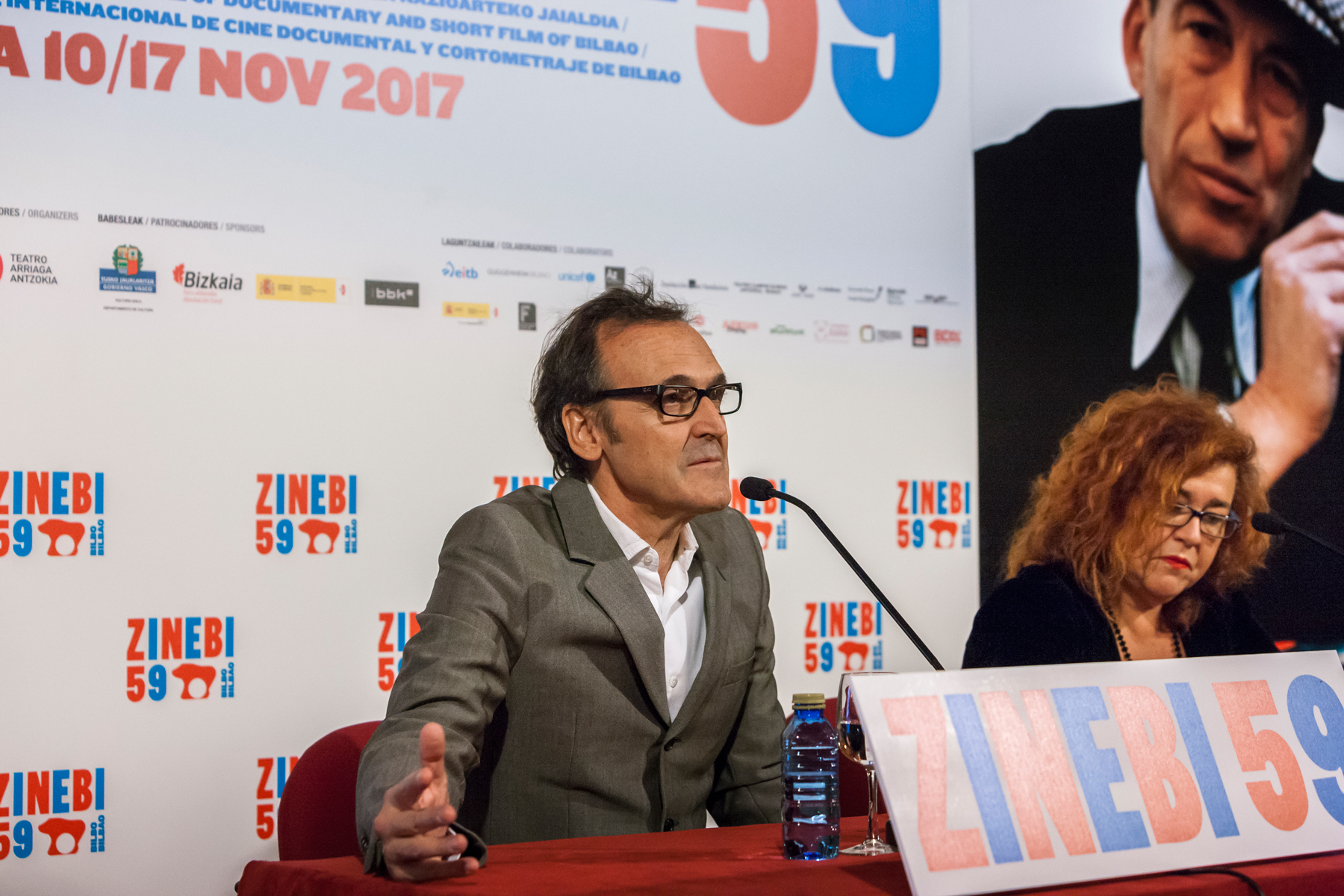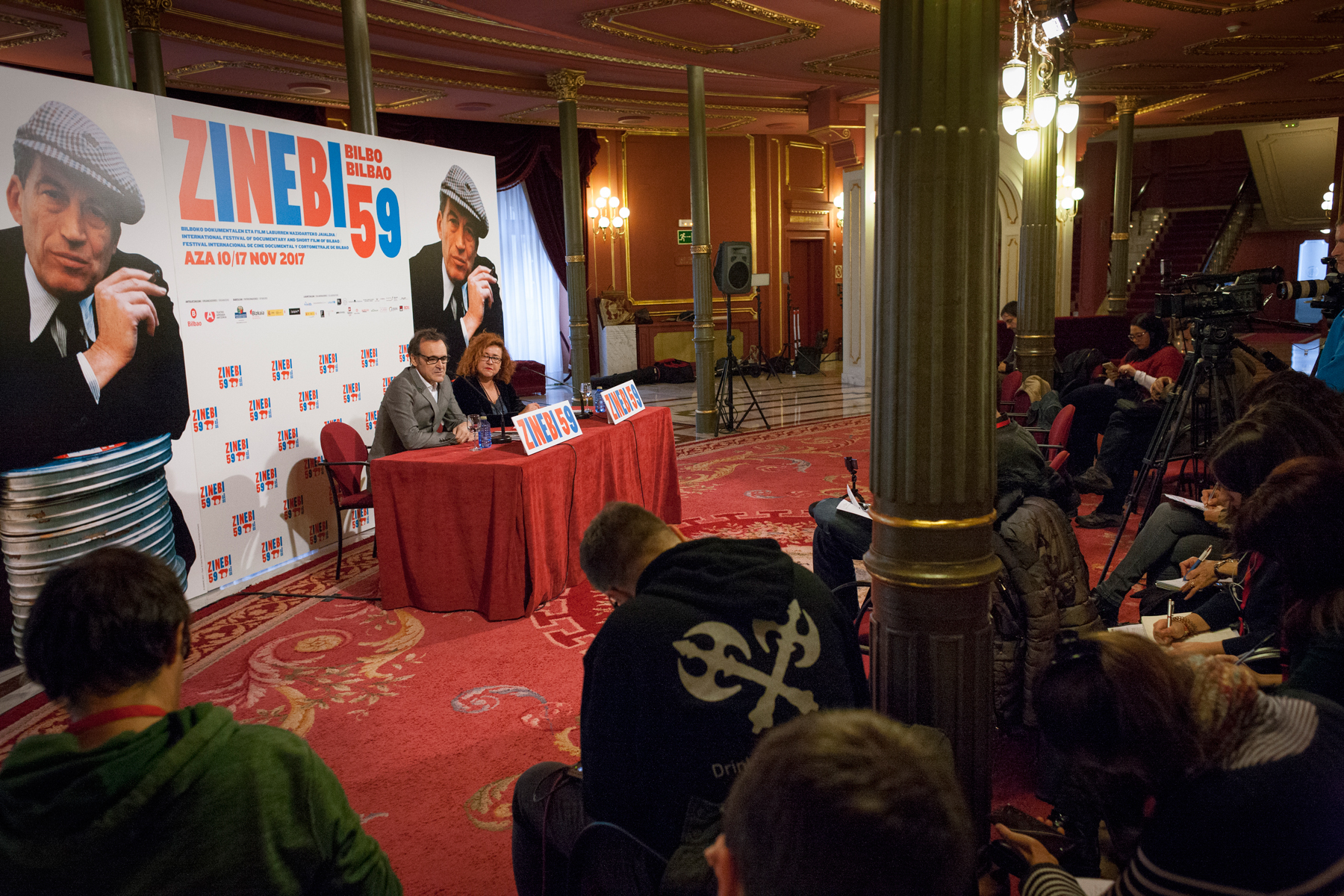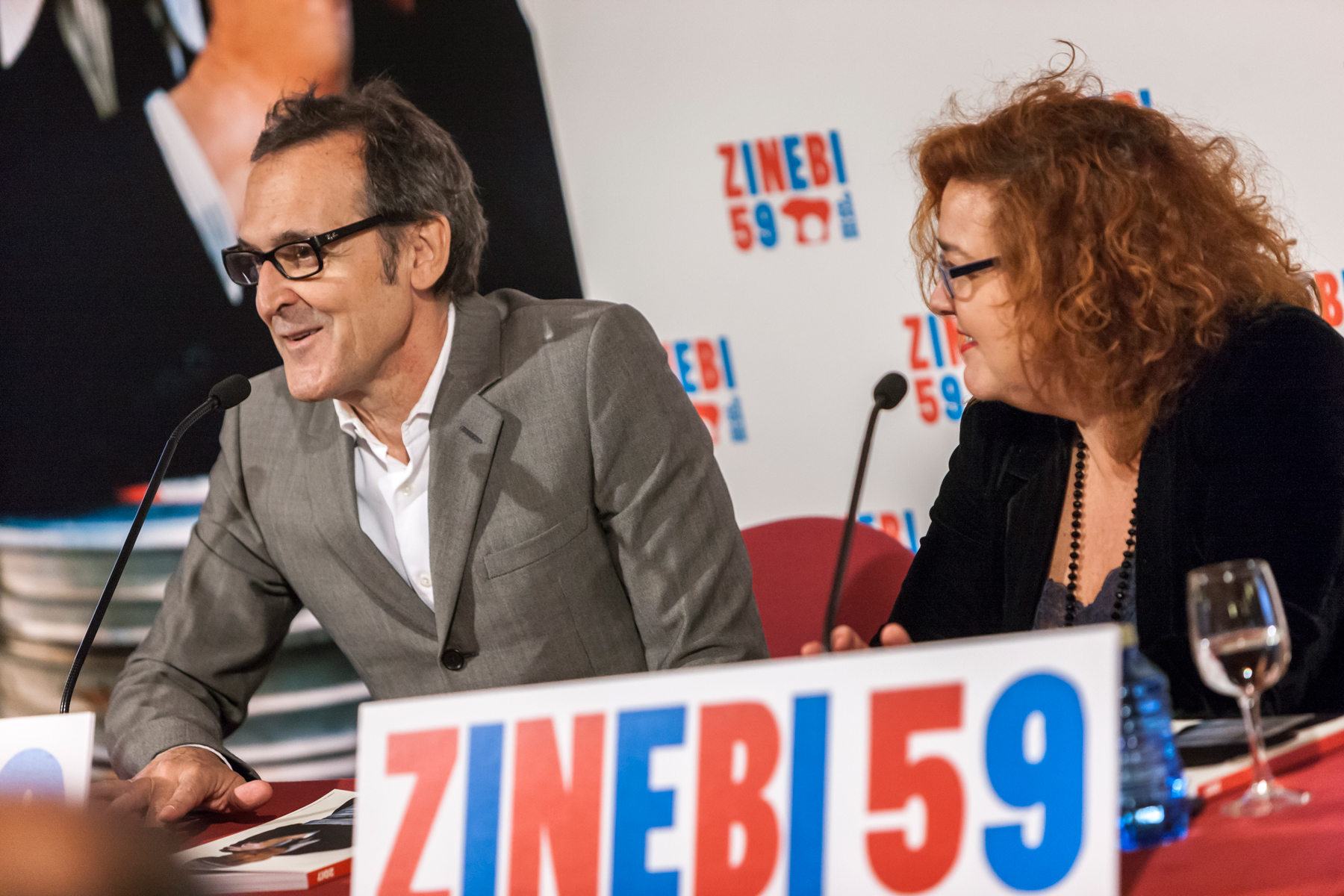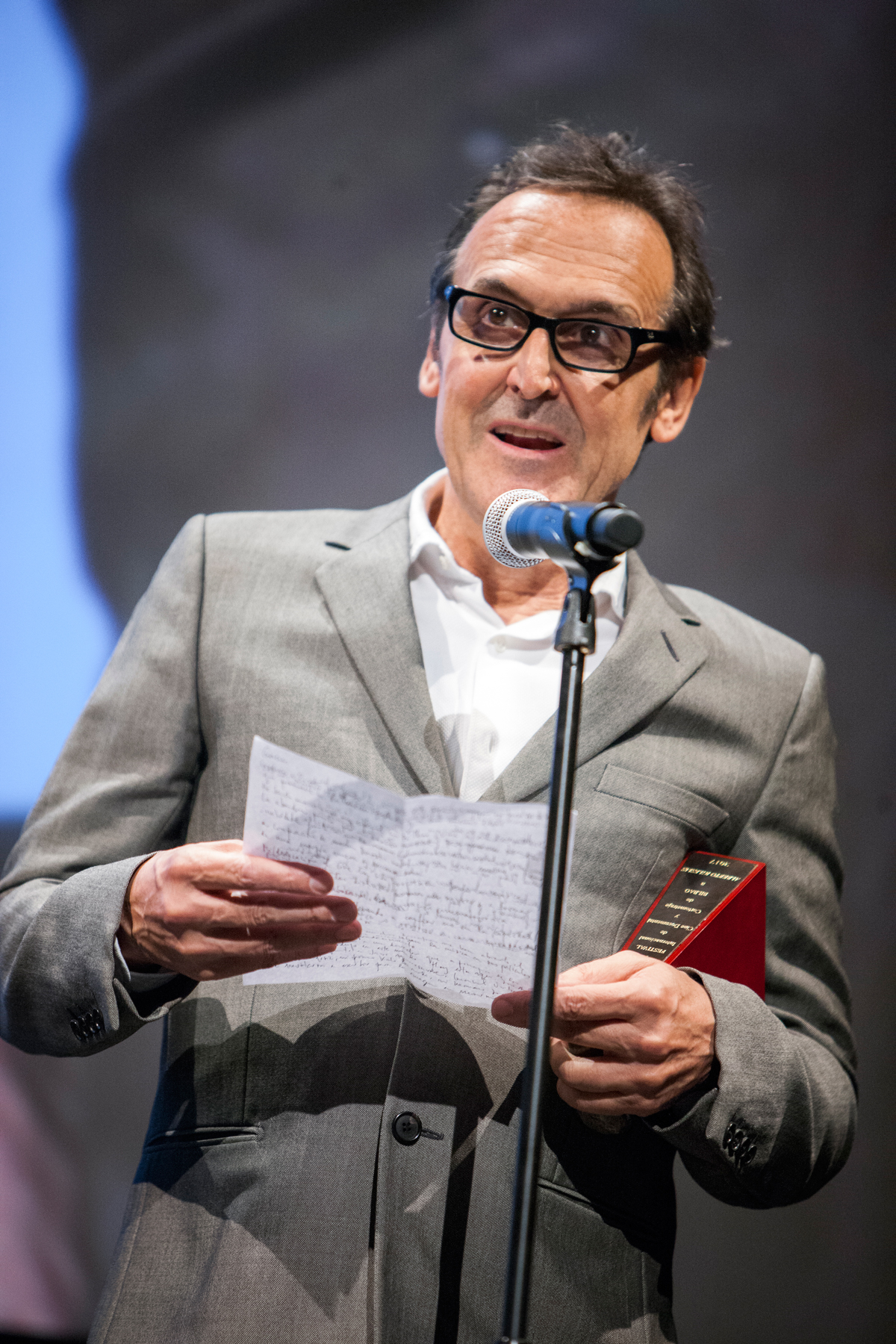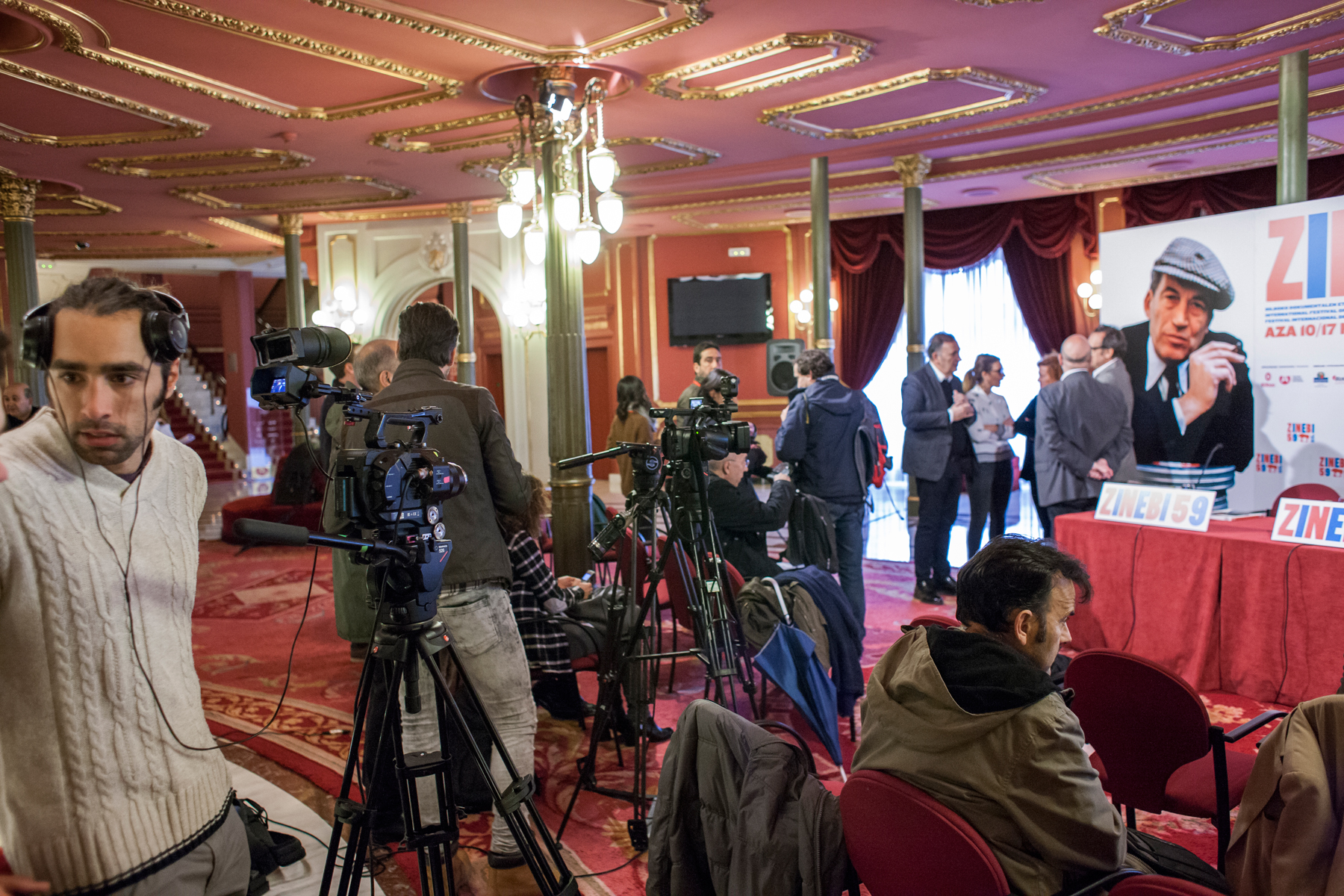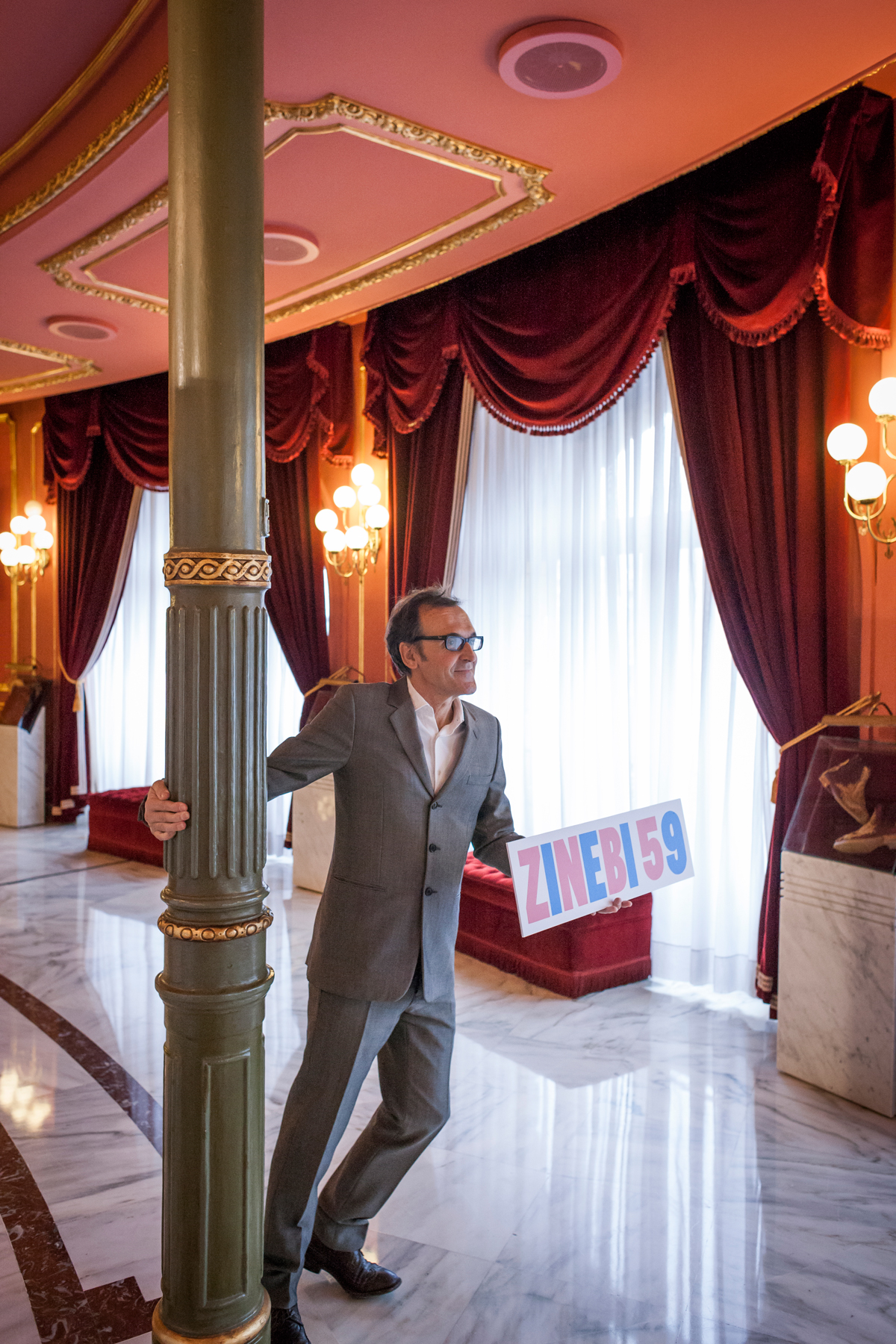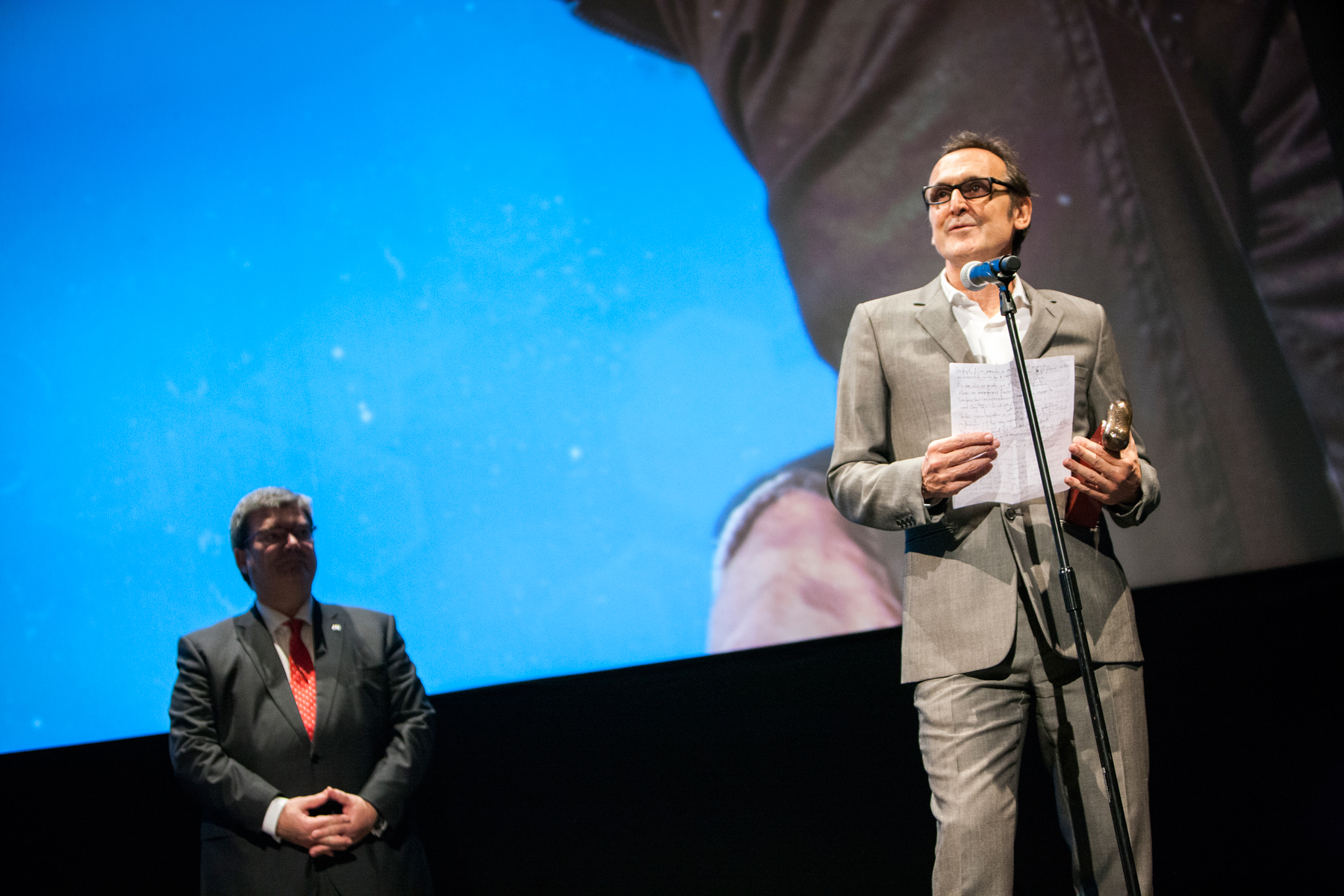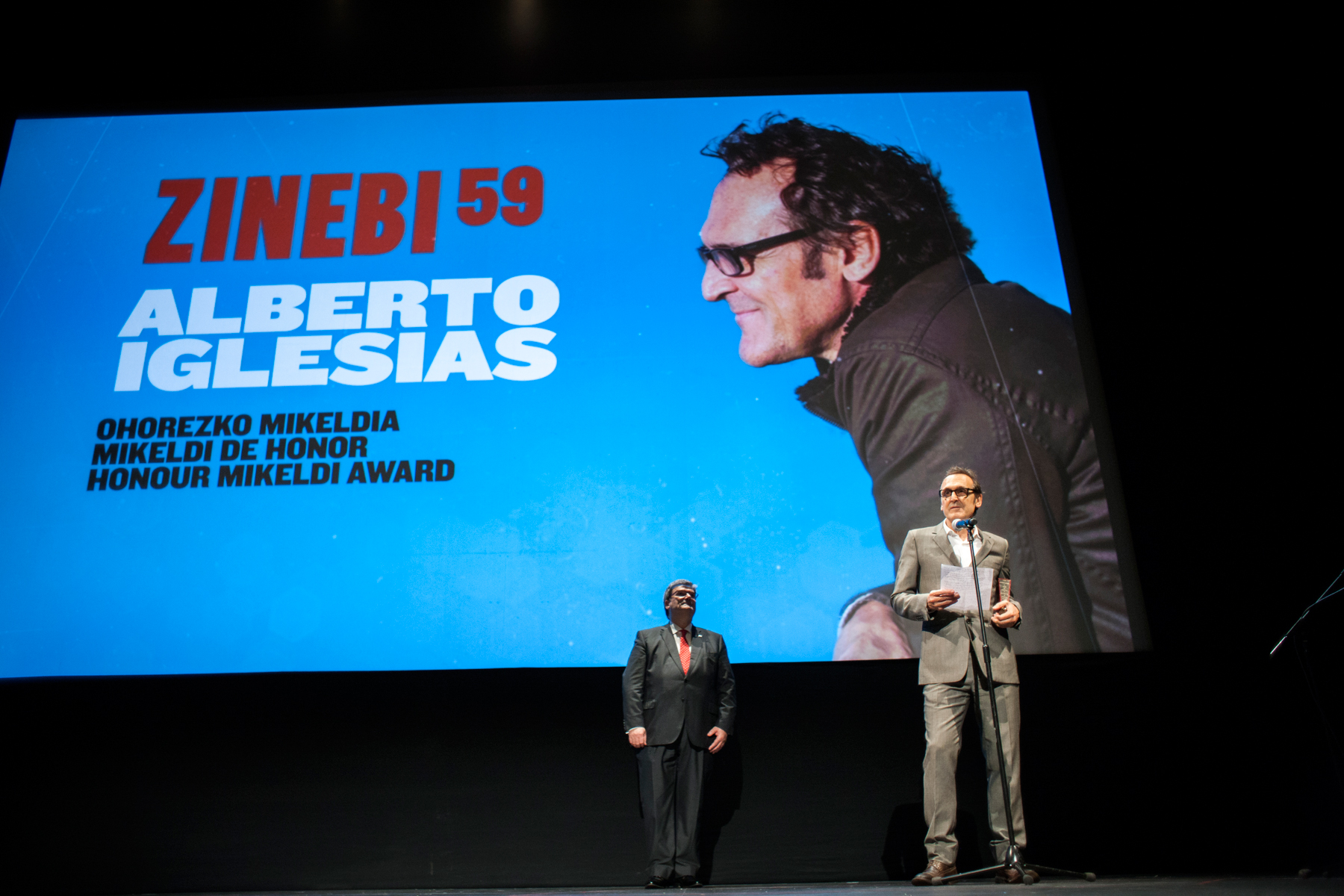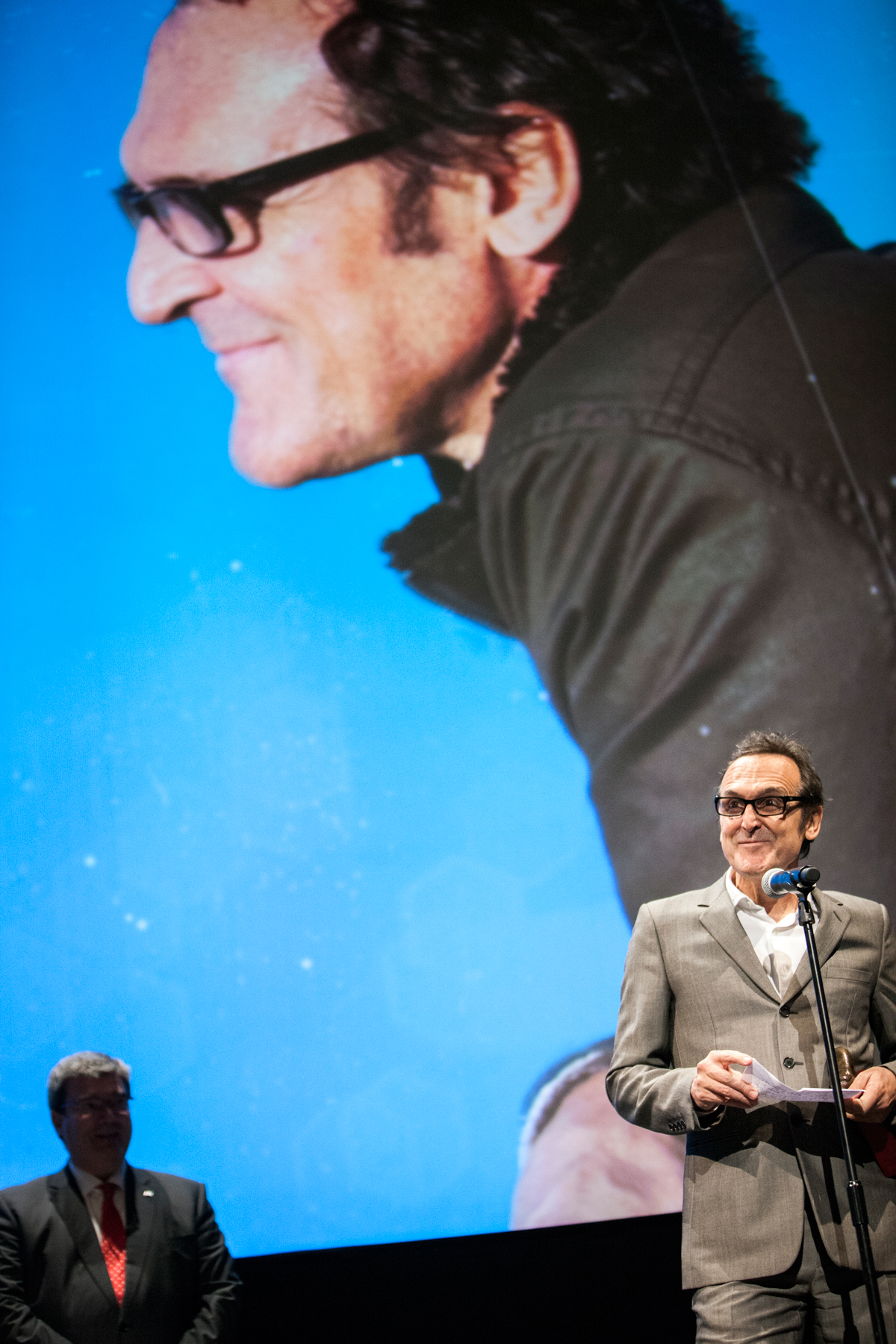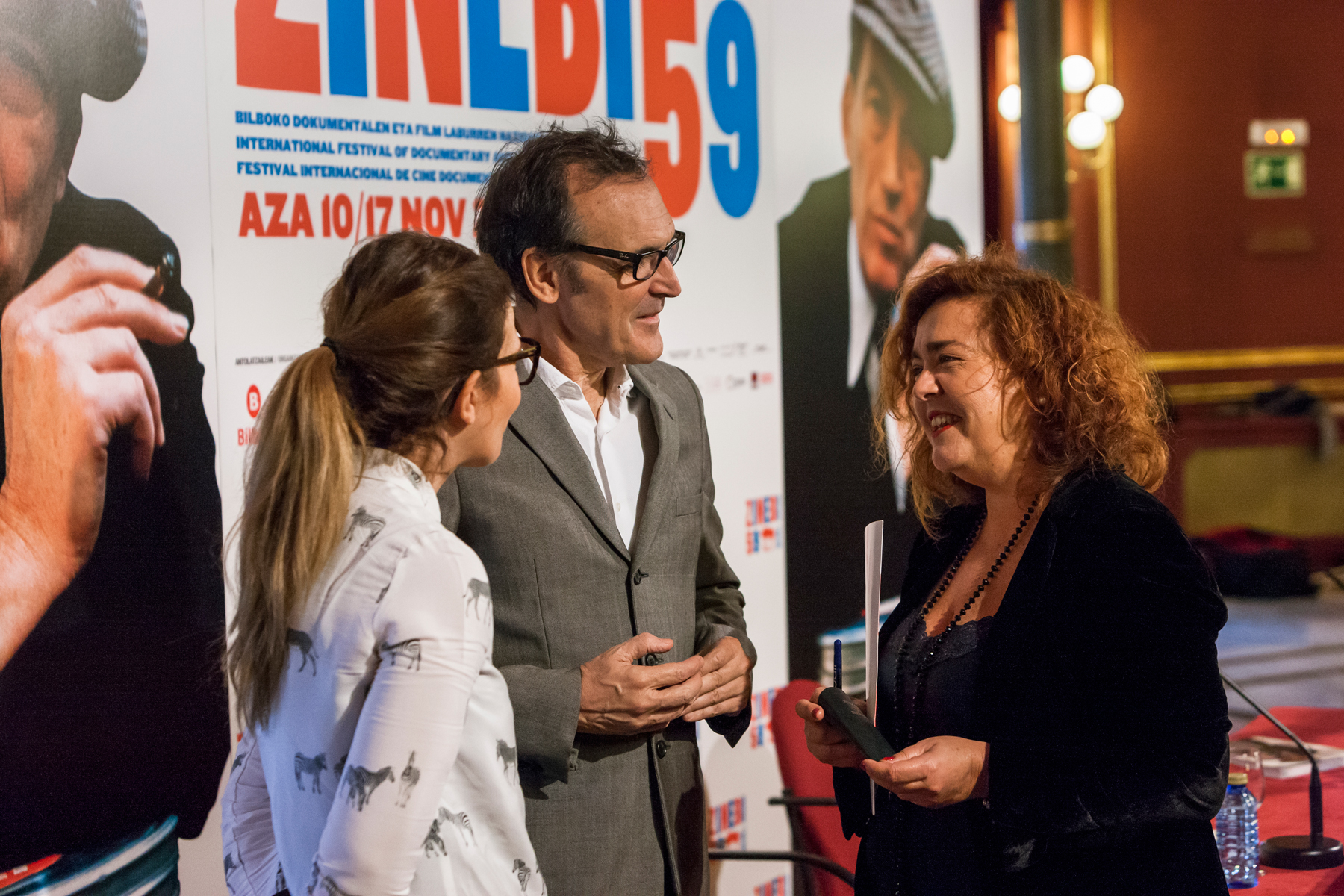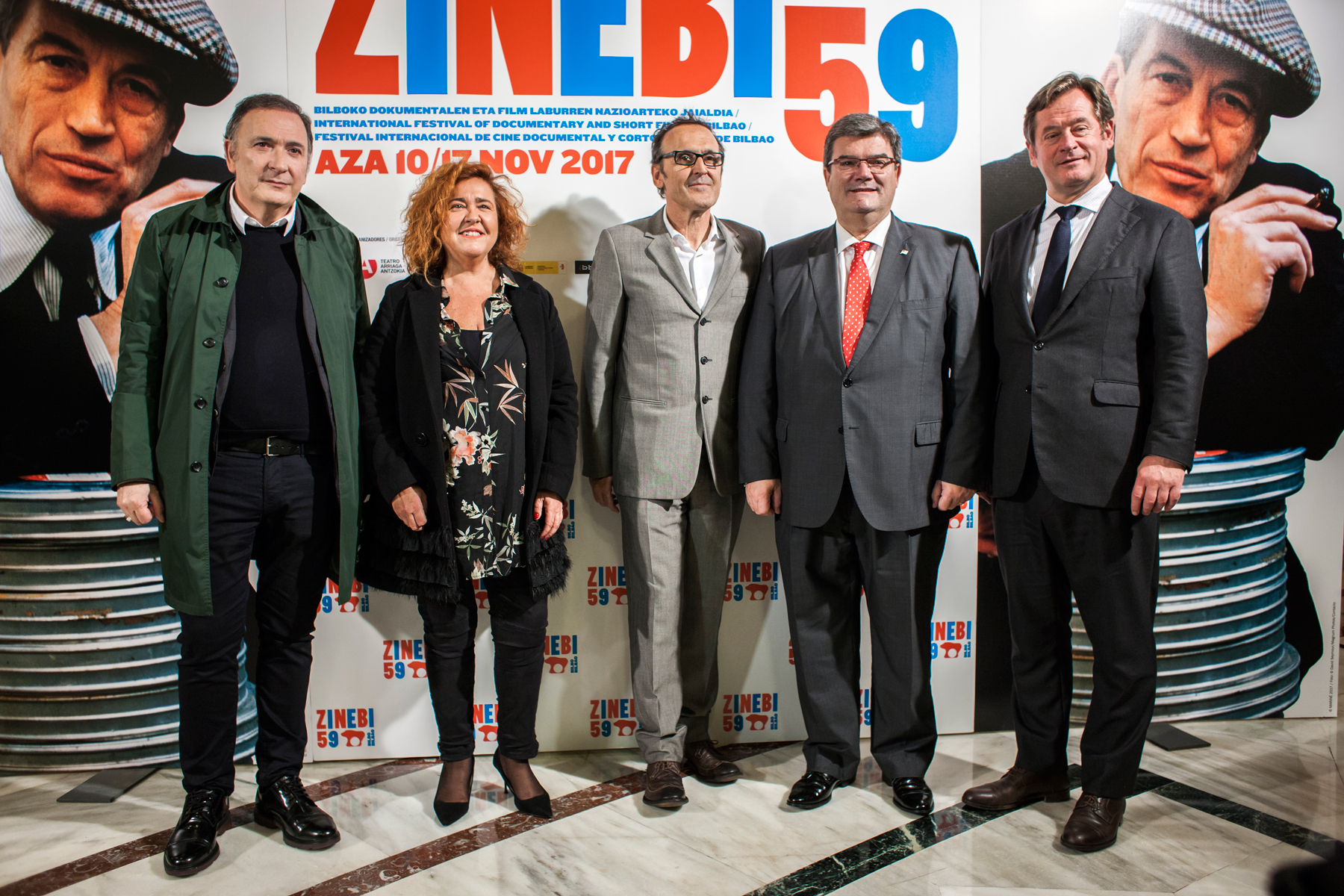MUSIC FOR CHAMELEONS. THE CINEMATOGRAPHIC WORK OF ALBERTO IGLESIAS
Saying that music and film have a complex relationship is nothing new. Stravinsky already said -a long time ago- that music for film was like wallpaper, meaning that the same image could work just as well with music created ad hoc as with any other not composed directly for it. We could say that this statement is both right and wrong. It is right in that the image has a promiscuous ear and can adapt to many possible pieces of music. It is wrong in that music created specifically for particular images helps lend them a particular kind of meaning: sometimes, it places them between exclamation marks, or it adds a question mark, or even an ellipsis that means we view the next frame as if it were obvious or the previous one as a surprise.
Indirectly, the Basque poet Gabriel Celaya mentioned something in this regard in a sharp poem entitled Episodios de Judex: “Suena un grito. En cine mudo/ los gritos eran terribles./ Los daban, y siempre a punto,/ espectadores sensibles” (A scream is heard. In silent films/ screams were terrible,/ They came, always right on time,/ from sensitive spectators). Always right on time. In other words, right where they supposed to go: there, where the image implicitly asked to be completed, was where the sensitive spectator (and no other) gave the appropriate scream. Silent film died out, talkies were established and, as usual, went too far. Thereinafter, many films accompanied their imagery with music that could easily have been different. However, sensitive spectators also took that step and took their screams further to create melodies, that grew more and more complex, designed for images through which they intended to dialogue, discuss, even cohabit. Some spectators of that kind, the offspring of the ones Celaya detected, with their fine ear, are said to have been born nearby – in San Sebastián, no less.
Alberto Iglesias (San Sebastián, 1955) has worked with our best directors, from Pedro Almodóvar (with whom he has collaborated on ten films) to Julio Medem, and including Icíar Bollaín, Bigas Luna and Carlos Saura. Likewise, his compositions have enriched films by well-known foreign directors, such as Oliver Stone, Steven Soderbergh and the Brazilian Fernando Meirelles. For the latter, he created the soundtrack to The Constant Gardener (2005), for which he received his first Oscar nomination and he has also been awarded ten Goya Awards by the Spanish Academy. In view of these references, the quality of Iglesias’s work seems obvious but would we able to decipher what makes his film music so sought after by such different directors? Perhaps they all appreciate Iglesias’s capacity to create music that not only accompanies the images but also helps to compose their meaning. A clear example of his way of working is La piel que habito (Pedro Almodóvar, 2011), a film indebted to Les Yeux Sans Visage by Georges Franju, who in turn created an new version of the character of Judex that had so impressed Celaya. We should remember that, in Almodóvar’s film, we see how a dark doctor, brought to life by Antonio Banderas, keeps his most valued creation, the complex character of Vera (played by Elena Anaya), locked in an aseptic room. Not at all innocently, a reproduction of “Venus” and the Musician (circa 1550) by Tiziano can be seen next to the door. During the film, the music composed by Iglesias dialogues with that picture as it summarises Vera’s internal conflict and modulates her different behaviour. The composition includes one more anxious and enervated part along with another part that is slower and more serene, and regales our ears not only with the different dramatic moments of the film but also the progression of Vera’s relationship with herself. When her nerves get the better of her, we are made aware of it by the tenser part of the composition and, likewise, towards the end, at the moment when Vera kisses the photo of her male ego, the more serene part is alerting us: having accepted the situation that unites her two sides, serenity will lead her to revenge and a flight to much-longed-for freedom. The countless facets of the character are thus summed up in a complex, elegant melody that lets us hear what the character does not yet know about her own personality.
Like Tizanio’s Venus mentioned above, music accompanies Vera – in her case, and without her awareness, it also acts as an escape from her tortuous existence. We are highlighting this work but we could look at others and underline Iglesias’s capacity for building melodies whose flow contains the conflict of their central figures and, accompanied by them, the essence of the films that they form part of. Thus, we have Vincent Cassel’s dispute between sin and holiness in The Monk (Le moine, Dominik Moll, 2011), the climate of turned-up collars and old-fashioned spies working with betrayal on a daily basis in Tinker Tailor Soldier Spy (Tomas Alfredson, 2011) or the confluence between secret, love and chance that drives the lives of the Lovers of the Arctic Circle (Los amantes del círculo polar, Julio Medem, 1998). We were asking ourselves what the aforementioned film-makers are looking for in Iglesias’s music. It could be a singular voice whose trademark is knowing how to bring the nucleus of their films to our ears, that place that words find it difficult to reach, but that music knows how to define with inherent abstraction.
Iñigo Larrauri
Research Fellow (UPV/EHU)



